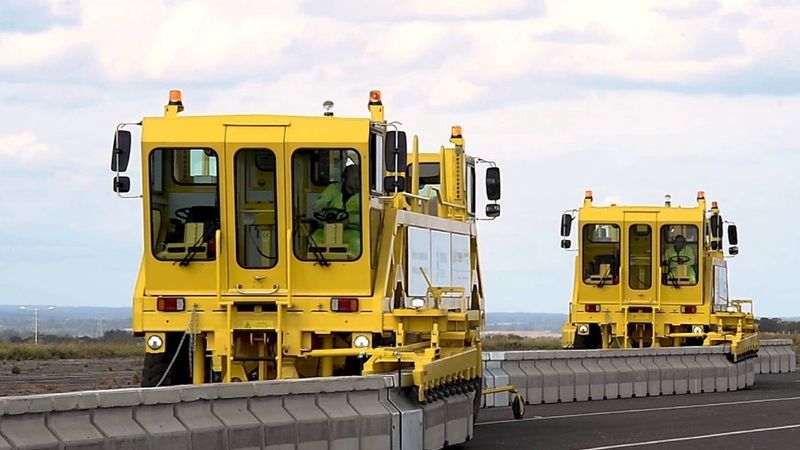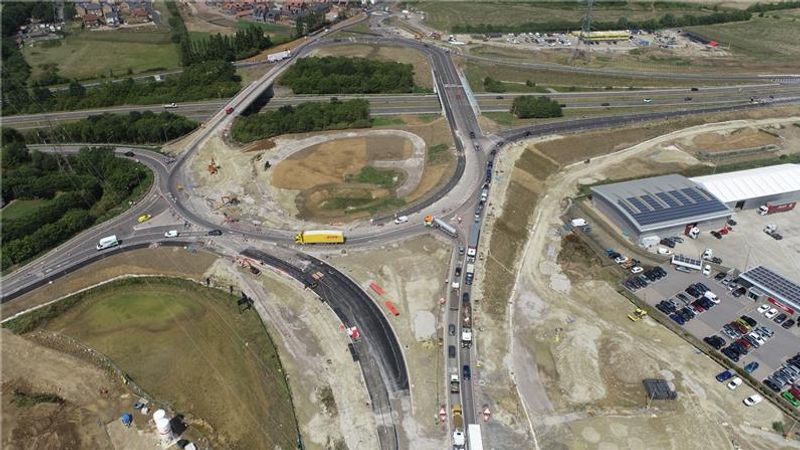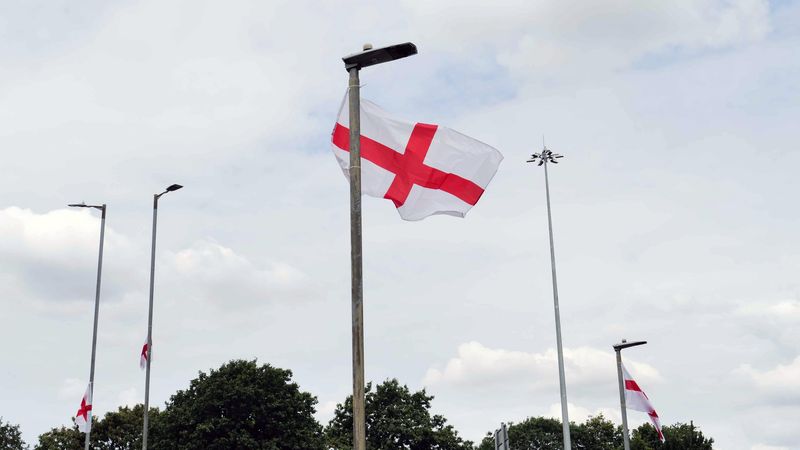The altered road layout, which will be removed overnight on Saturday (19 August), served to relieve congestion in Dover and at TAP on the A20, which itself allows lorries to be filtered to the port of Dover in a controlled way.
This, combined with traffic management officers positioned at junctions in Dover town centre, has kept the significant numbers of cars, coaches, and lorries – the highest bookings figures since the pandemic – moving.
The Kent Resilience Forum (KRF), a group of organisations and agencies working together to plan for and respond to incidents and emergencies that have an impact on communities across the county, has had Operation Brock under constant review since it was installed on 13 July.
With data from the Port of Dover and Le Shuttle showing diminishing outbound bookings, the decision has been taken to remove the contraflow and return the carriageways between junctions 8 (Maidstone) and 9 (Ashford) to standard two-way traffic from Sunday morning.
Operation Brock was used to hold freight during the busiest weekends of the summer on 20, 21 and 22 July, then again on 27, 28 and 29 July. It was also deployed on Saturday 5 August, when Jubilee Way in Dover was closed in both directions for more than 24 hours because of a major lorry fire.

“With the forecasts ahead of the summer getaway, it was right to deploy Brock and looking back it has served its purpose very well.”
Simon Jones, Kent Resilience Forum Strategic Lead, said: “Brock is the most effective scheme we have available to us to keep Kent moving, open for business and to keep communities protected from the worst impact of disruption. With the forecasts ahead of the summer getaway, it was right to deploy it and looking back it has served its purpose very well.
“We said we would take Brock away as soon as the risk of disruption to Kent’s roads had passed, and we can now safely deliver on that pledge.
“The deployment of Brock, Dover TAP, the traffic management officers in Dover, plus, on occasion, at Brenley Corner, have served to manage freight and minimise disruption, not only in Dover but also for the wider East Kent road network.”
“As always, we want to say a big thank you to residents, businesses, tourists and hauliers for their patience and understanding during this incredibly busy time over the summer.”
If you are planning to travel to the Port of Dover or Le Shuttle over the next few weeks, it’s still wise to plan ahead and check with your operator before you set off.
For where to go for the latest traffic and travel updates in Kent visit: https://www.kent.gov.uk/roads-and-travel/travelling-around-kent/check-before-you-travel
For more information on Operation Brock visit National Highways’ website: https://nationalhighways.co.uk/travel-updates/operation-brock/
For more information about checking your vehicle before travelling visit: https://nationalhighways.co.uk/road-safety/how-to-check-your-vehicle/
For further details about the Kent Resilience Forum partnership visit: https://www.kentprepared.org.uk/
Note for editors
Operation Brock reduces the impact of disruption by directing lorries heading for mainland Europe onto the motorway’s coastbound carriageway, where they can be held, if necessary, while all other traffic can continue on its journey in both directions.
The installation of Brock means lorries heading to the continent are legally required to follow the signed HGV routes to the Port of Dover and Le Shuttle.
From Sunday, the moveable barrier will remain in place in lanes two and three of the London-bound carriageway between junction 9 and halfway between junction 8. This is to enable National Highways to apply white lining to align the carriageways and allow the Quick Moveable Barrier (QMB) to be placed in its final position in the central reserve.
While the barrier is in this position, the 50mph London bound speed restriction will remain in place so these works can be being completed. The coastbound carriageway will revert to its original speed limit of 70mph, with all three lanes running with a hard shoulder.




